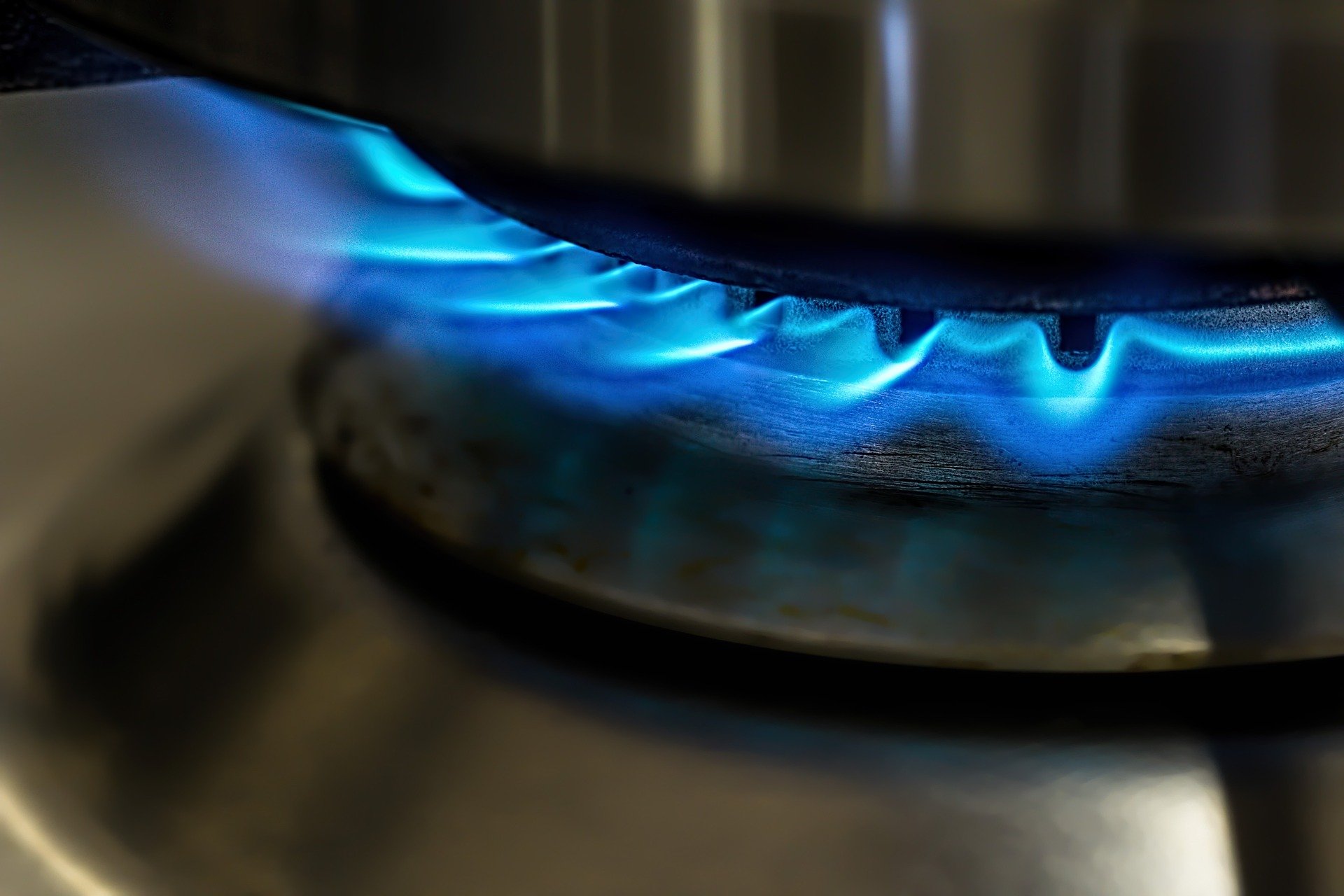How Can We Manage Gas Shortages in The Future?

Housing Industry Leaders looks at a recent study by the Department for Business, Energy, and Industrial Strategy to identify the different opportunities for low carbon heat networks and how to avoid future gas shortages.
Decarbonising heating and cooling systems are a key part of the UK governments strategy to reach net-zero.
With recent news on gas prices soaring as shortages continue, the need for an alternative energy source has never been more important, especially as the UK starts to enter winter – a time when gas demand is highest as homes start to rely on gas for heating.
With only 8% of total heating and cooling demand is currently derived from renewable sources, sustainable heat networks are vital to achieving net-zero goals.
As a proven cost-effective way of providing reliable, efficient low carbon heat, the study explores the geographical opportunities for low carbon heat network deployment for not only the UK as a whole but for each of the four nations separately.
Additionally, gas shortages would not be worrying for consumers if renewable power was more widely available, furthering the need for low carbon heat networks.
At present, 73% of space and water heating is provided by gas
The study showed that the Climate Change Committee projected investment of £17.5 billion in heat networks is needed by 2030.
The government furthered this by anticipating that this scale of investment will need to continue through to 2040 if they are to decarbonise heating in the most cost-effective manner, and their aim is to create the conditions to accelerate growth towards a self-sustaining heat networks market.
However, defining costs to different nations becomes difficult as it’s hard to identify which nation will need the most support for the changes.
For this reason, the cost-benefit analysis was overviewed as the UK as a whole, as the report stated: “There is currently insufficient data available to make an optimised local level analysis meaningful.”
The study showed that heat demand is predicted to rise by 54.9 TWh/yr by 2050, so the need for premeditated requirement of sustainable solutions needs to be adopted quickly.
The Heat Networks Act 2021 is one of the strategies outlined in the study to accelerate the deployment of heat networks in Scotland and drive down emissions and tackle fuel poverty.
The Act requires Scotland to reach net-zero greenhouse gas emissions by 2045, with acting reductions of 75% required by 2030, and 90% by 2040.
One of the ways it plans to do this is by: “Levelling the playing field with other utilities, by creating new rights for heat network developers and operators helping to reduce the costs of construction.”
Also, introducing heat network supply targets (2.6 TWh by 2027, and 6 TWh by 2030) alongside a heat networks delivery plan setting out how the targets will be delivered.
The study also outlines Wales’s approach to solutions too. For example, the Welsh Government’s Innovative Housing Programme (IHP) includes housing developments that aim to build low carbon homes and has brought forward exciting developments such as Sero Homes’ approach of active buildings.
The Optimised Retrofit (ORP) Programme is doing similar for existing homes and there may be potential to incentivise heat network schemes from commercial or public developers through both the ORP and IHP programmes.
Encouraging investment and jobs growth in the heat networks sector to grow the market and encourage new entrants, ultimately helping to shore up the existing pipeline and lead to a self-sustaining market.
Overall, the study states that the findings of the report will create more opportunities for everyone in the sector, for example: “Creating new and more efficient heat networks using sector regulation and by raising consumer standards, by assigning statutory powers to heat networks that are equivalent to other utilities.”
The full study by the Department for Business, Energy, and Industrial Strategy can be found here.

